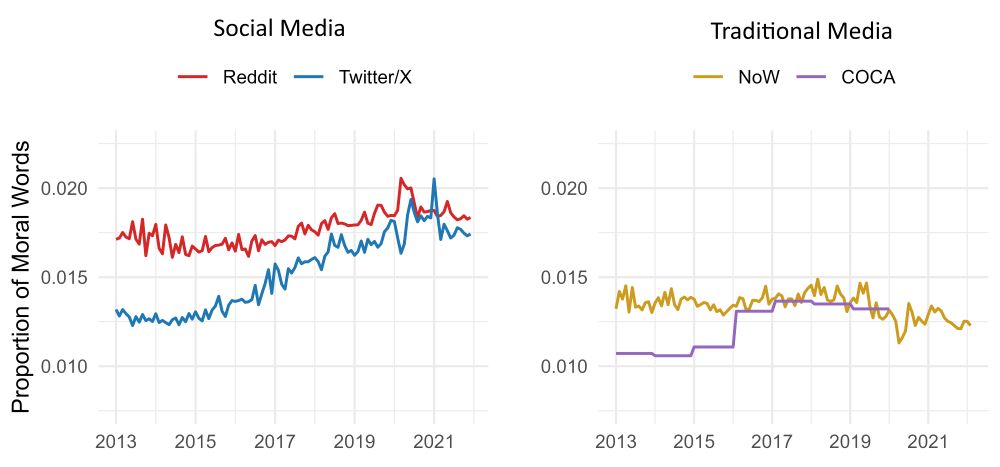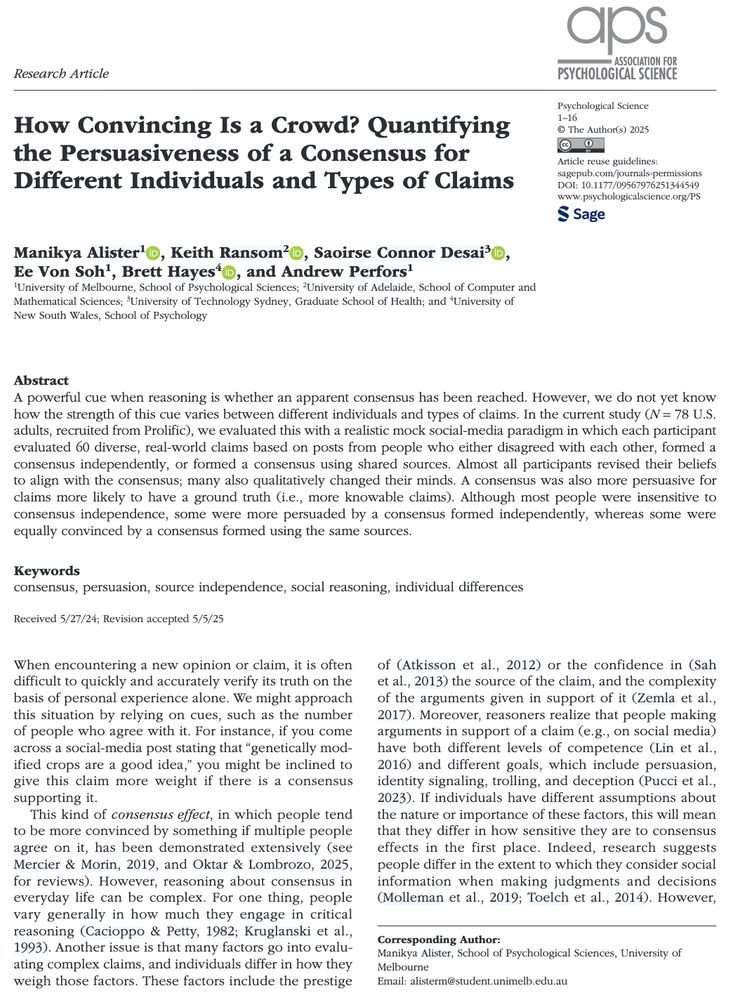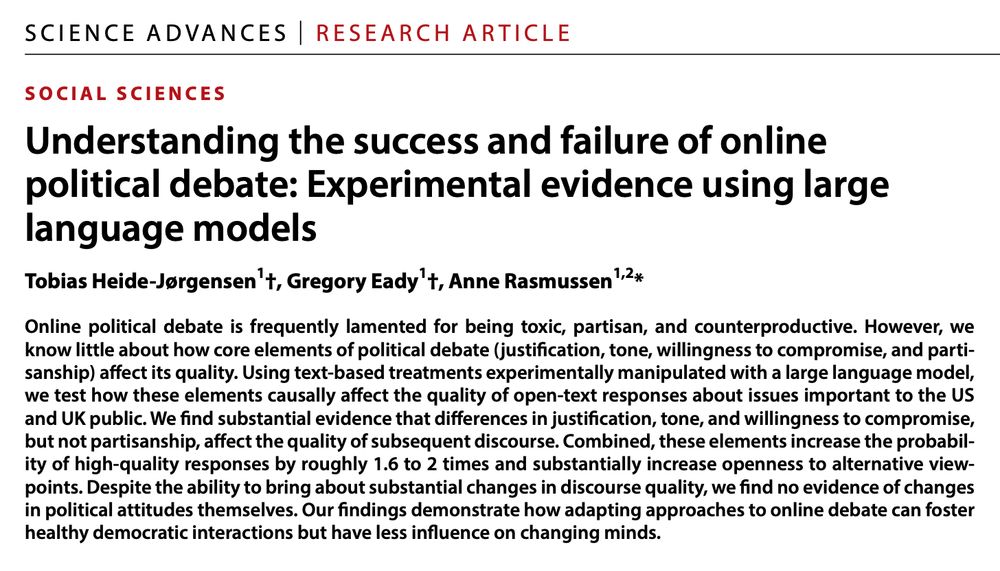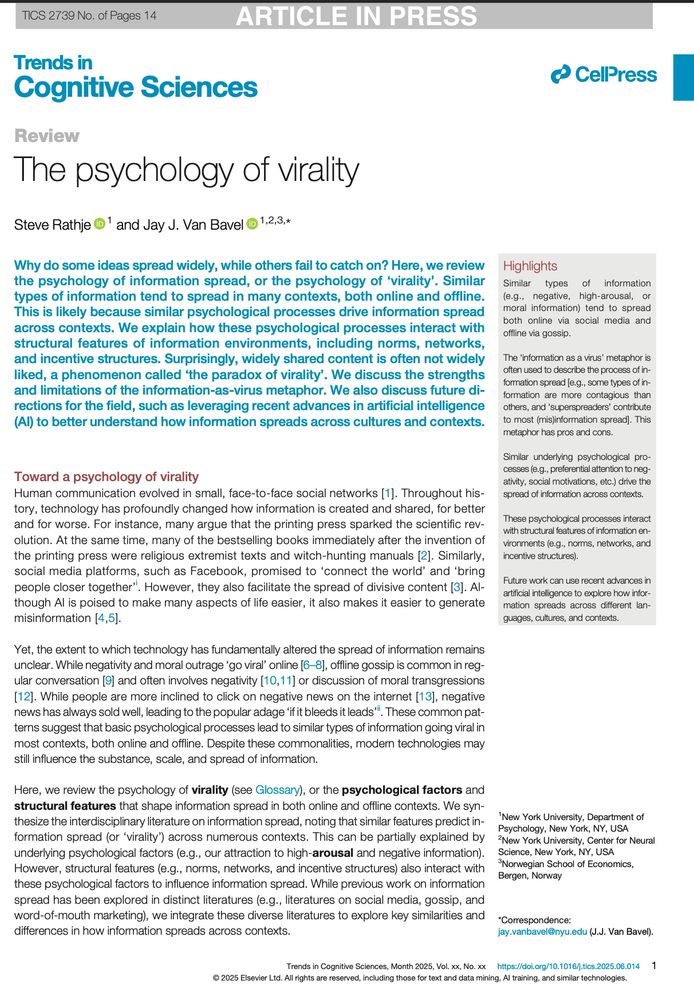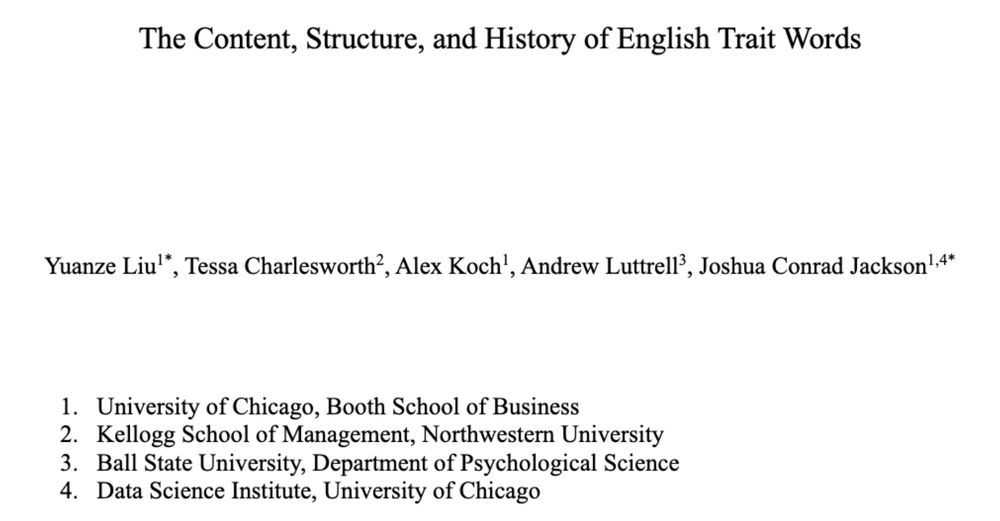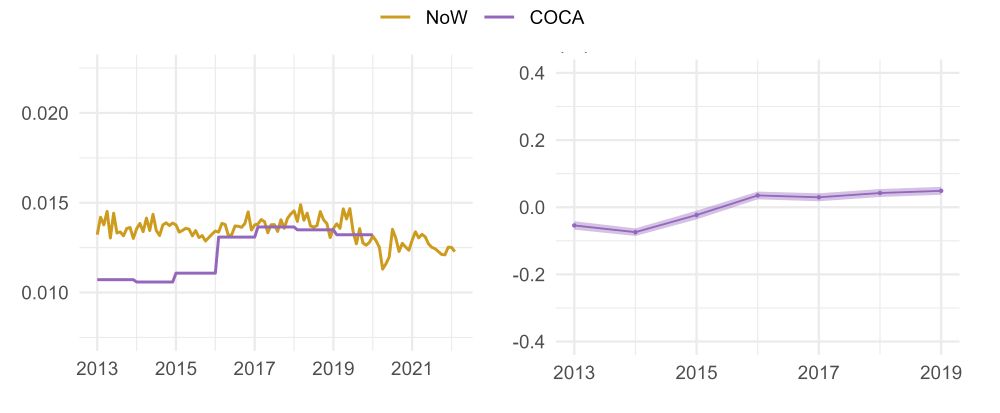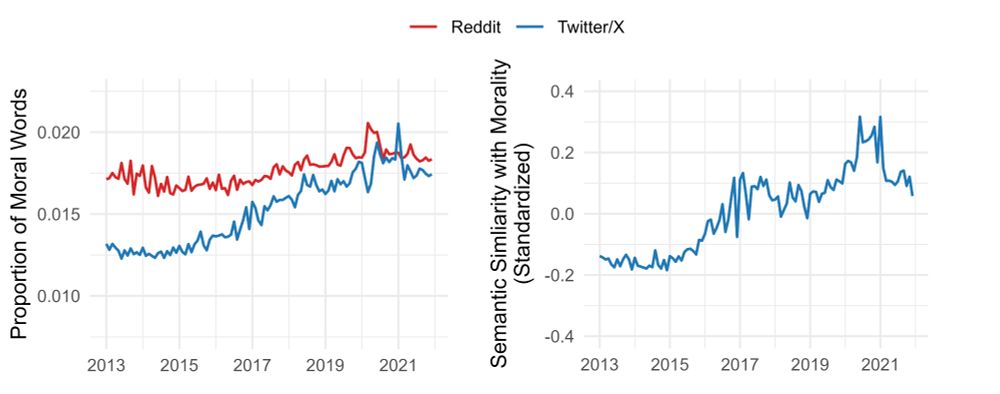Curtis Puryear
@curtispuryear.bsky.social
400 followers
580 following
10 posts
Assistant Professor at UNCW studying morality, politics, and intergroup conflict.
[email protected]
http://curtispuryear.com
Posts
Media
Videos
Starter Packs
Pinned
Reposted by Curtis Puryear
Reposted by Curtis Puryear
Reposted by Curtis Puryear
Reposted by Curtis Puryear
Reposted by Curtis Puryear
Reposted by Curtis Puryear
Reposted by Curtis Puryear
Reposted by Curtis Puryear
Reposted by Curtis Puryear
Reposted by Curtis Puryear
Reposted by Curtis Puryear
Reposted by Curtis Puryear
Reposted by Curtis Puryear
Curtis Puryear
@curtispuryear.bsky.social
· Jul 22
Curtis Puryear
@curtispuryear.bsky.social
· Jul 22
Curtis Puryear
@curtispuryear.bsky.social
· Jul 22

